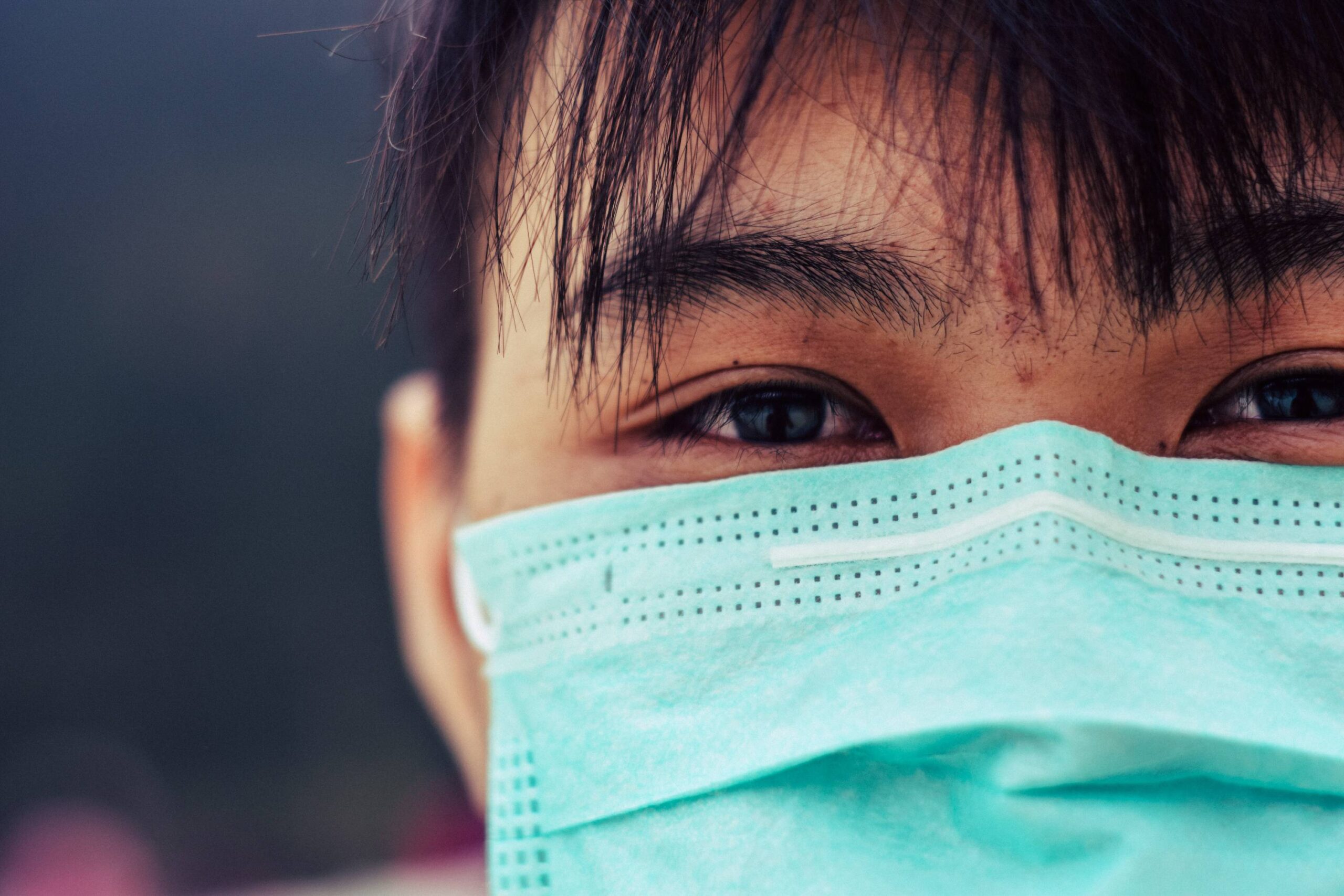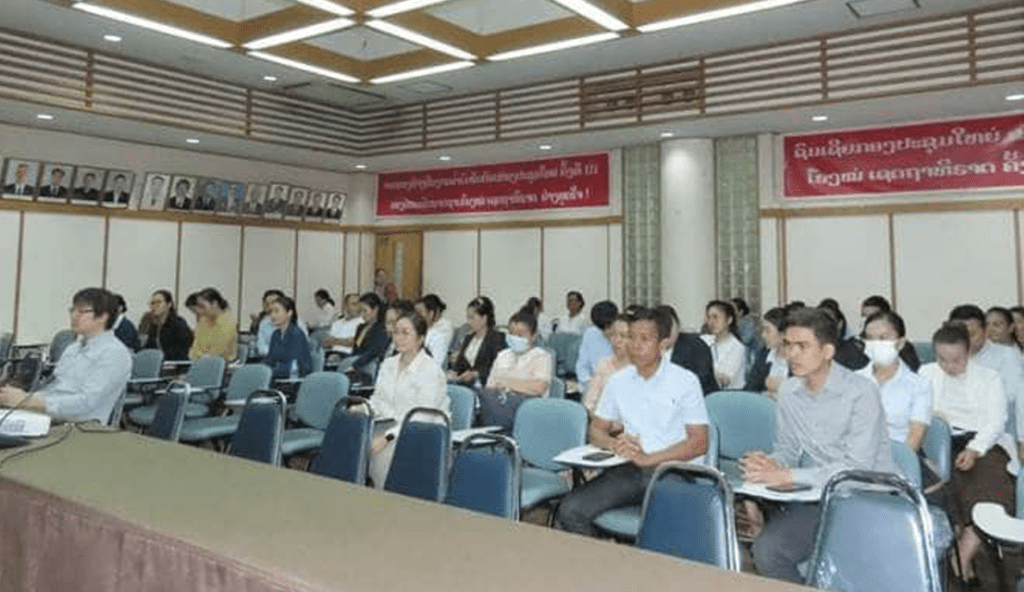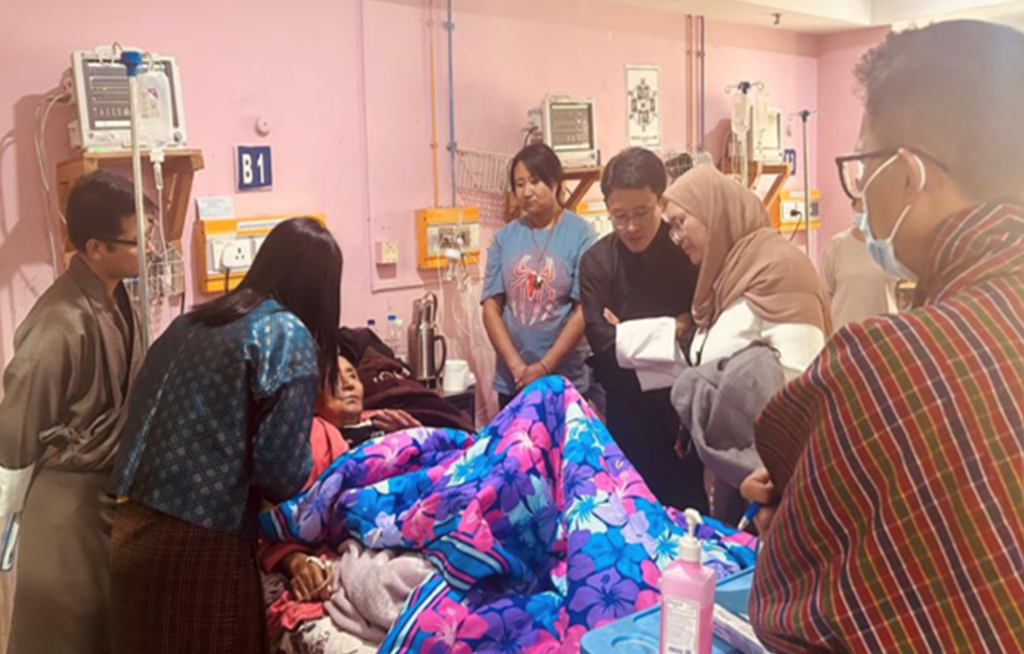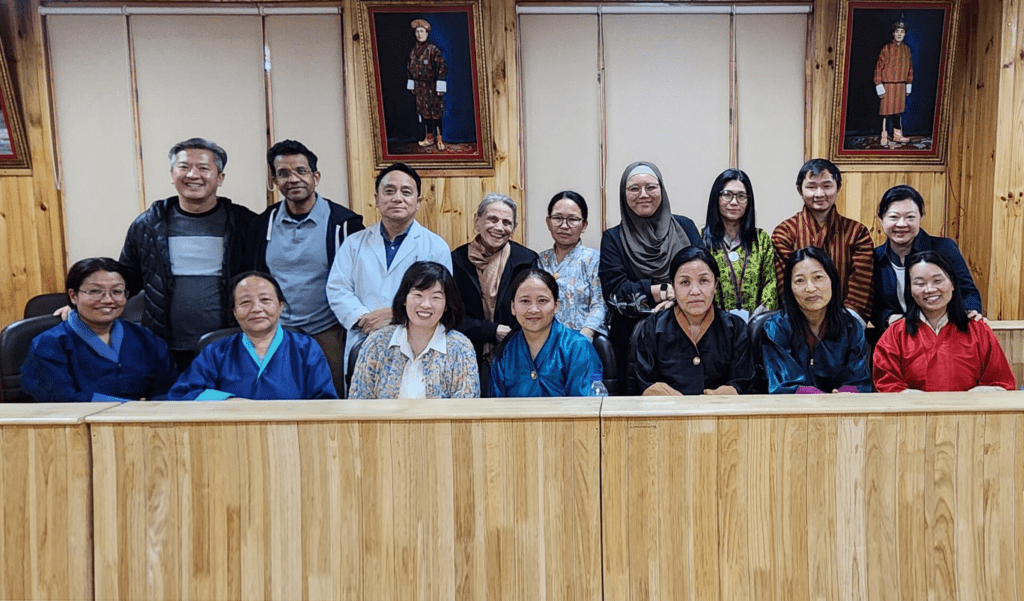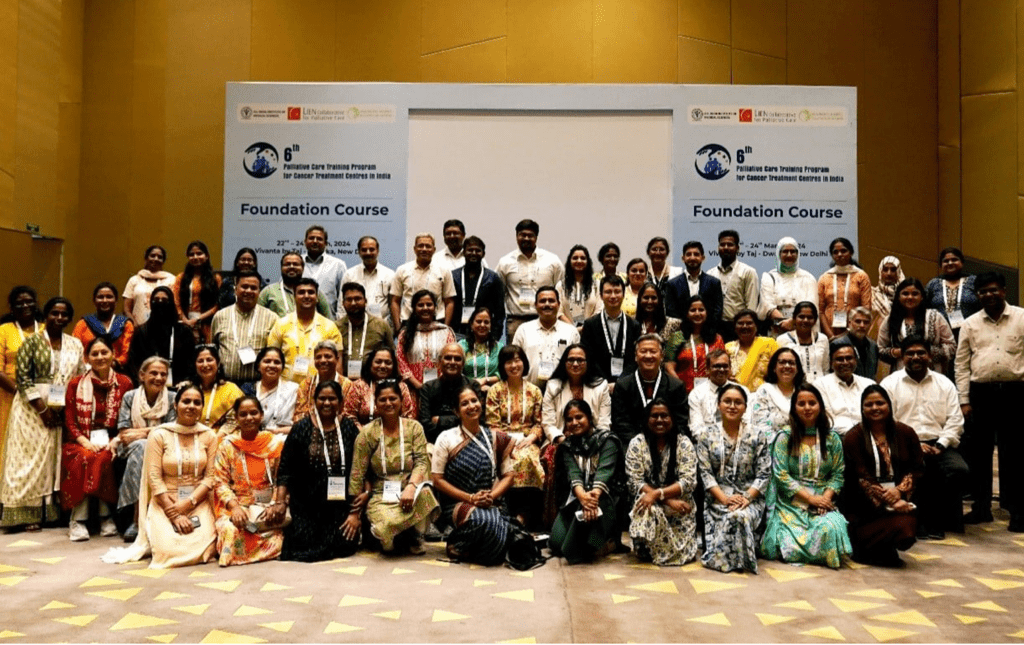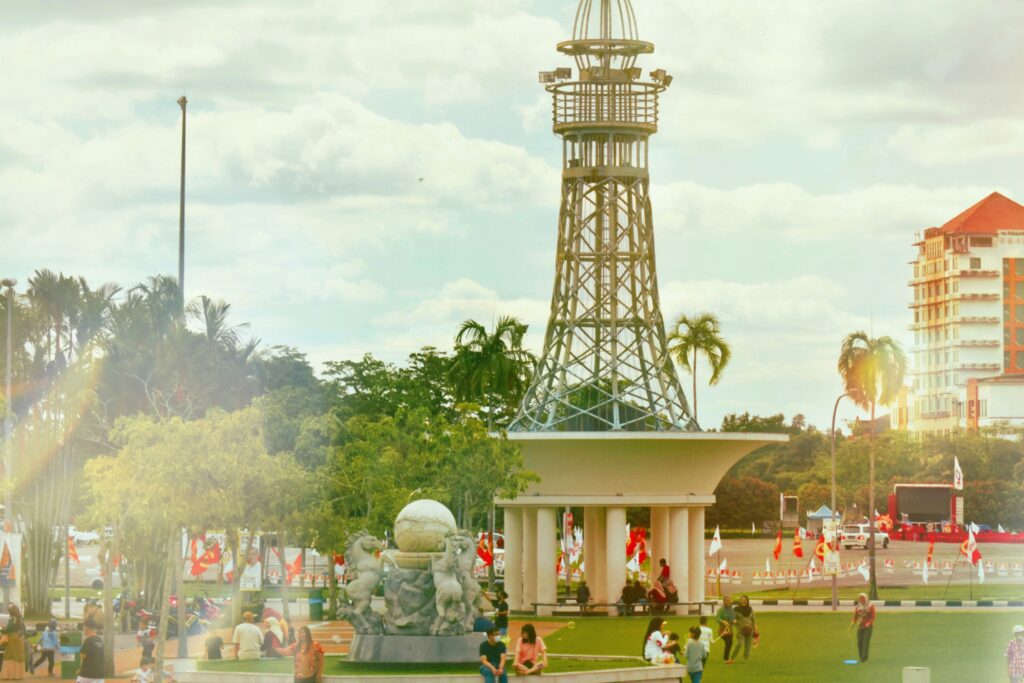She is in tears, fearful about her own safety and that of her family. Another colleague recounts her experience of being in quarantine as being engulfed in a sea of fear, unable to breathe, drowning in absolute terror. Yet another patient recounted how he was unable to sleep, became irritable and anxious before each hospital visit. I look at my hands, the dry flaking skin of my palms, the result of compulsive sanitizer use and the exhaustive washing routine that I follow at home and at hospital. The fear is palpable among the healthcare providers, the patients, and the common man alike. The media reports abound with stories of landlords evicting their tenants, people escaping quarantine, frontline health workers being attacked, and patients who died due to COVID-19 being denied burial or cremation. Just like it surreptitiously and stealthily attacked the human body, COVID-19 is invading the global psyche birthing irrational thinking and erratic behaviours.
So how is fear influencing our behaviour in this pandemic?
Being in palliative care we are no strangers to death, dying, or suffering. We handhold our patients through it, and in doing so we have learnt to live. My friend and I, we had drawn up our advance healthcare directives a year ago, drawing up our end-of-life care preferences in case of life-limiting illness. We are re-writing it today, keeping the COVID-19 context in mind. It is not easy to look death squarely in the face. Lucretius Carus, the Roman philosopher, stated that people are not afraid of death, unless there is an imminent danger of dying. COVID-19 reminds one of one’s own mortality in a stark manner. Is this what we are experiencing, the fear of death?
Ernest Becker in his book, ‘The Denial of Death’ postulates that most human actions are primarily directed to either ignore or evade death. The Terror Management Theory (TMT) (Solomon, Greenberg, & Pyszczynski, 1991), born from this concept, helps us in understanding the working of the human psyche when confronted with mortality(1). TMT postulates that awareness of the inevitability of death influences human thought, emotion, motivation, and behaviour.
All living organisms have an innate survival instinct. Human beings are uniquely placed, as they are the only ones who are aware of the fact that they might die one day. This awareness of annihilation causes overwhelming terror and anxiety. Humans try to allay this anxiety by psychological processes.
The first of the anxiety-buffering response is an attempt to find immortality. Literal immortality arises from the belief that one will continue to exist even after death; beyond the annihilation of the physical body. The concept of soul, heaven, after-life arises from this thinking. When we become part of something greater than our individual selves we attain symbolic immortality. Memories, legacies, families, wealth, books, etc. offer us this symbolic immortality. The second of the anxiety-buffering response is self-esteem, a sense that one is a valuable participant in a meaningful universe. Interconnectedness among individuals also contributes to our self-esteem, i.e. how much others value us also affects our self-esteem. People exaggerate the value of those who share their worldview and denigrate the value of those whose worldviews are different from theirs. Our adherence to our religious, geopolitical, sociocultural worldviews contributes both to our notions of immortality and our self-esteem, and are the primary offshoots of our attempts at trying to ease or forestall our fear of death.
What is this fear that we feel?
What are we afraid of?
Human beings are unique in that they understand the inevitability and unpredictability of death. We deal with our fears by evading the thought of death and suppressing it into our unconscious. However, the COVID-19 pandemic with the extensive media coverage regarding death and dying makes this difficult. How do individuals experiencing heightened fear behave?
We deal with this by finding solace in the familiar worldviews, be it religious, political or cultural. By moving towards the familiar we feel safe, and this leads to a reduction of anxiety. Anyone or anything that threatens the familiar culture/tradition is unwelcome and aggressive protection of one’s cultural beliefs and self-esteem will ensue. This has led to hardening of traditions and fundamentalist beliefs and worsening of the pre-existing fault-lines in the society. The protests against shelter-at-place orders, the generational tensions between baby boomers and millennials, the targeting of certain racial and ethnic groups are all part of this process. Our hoarding behaviour is the consequence of our extrinsically oriented attempts at preserving self-esteem. Thus our attempts at forestalling and easing the death anxiety can have a deleterious consequence for us as individuals as well as for the community as a whole.
Paradoxically, fear of death is also a great motivator for survival. A unified worldview, i.e., a coordinated organizational, political, or religious response that fosters positive behaviour and facilitates coordinated response across states/countries/religions can help alleviate this fear. Communities are coming together to discourage prejudices and discrimination and create a pro-social environment that promotes caring and compassion. The ‘stay home, stay safe, save lives’ gives meaning and purpose to the shelter-at-place orders. The hygienic practises, the physical distancing norms, the fight for PPEs are part of the anxiety-alleviating response at the individual level. Intrinsically oriented attempts at persevering self-esteem have resulted in individuals creating works of art/music and helping others financially and in kind. This crisis has brought forth stories of exemplary courage, compassion and altruism, with people working for the betterment of the larger community.
To conclude, TMT teaches that the fear of death is universal. Disaster, terrorist attacks, or pandemics reiterate the existential certainty of death. The choice of how we go about allaying this fear depends on the sociocultural milieu and our personality characteristics. Our direction-giving worldview, intrinsically oriented self-esteem, and an interpersonal connectedness that fosters empathy and compassion help us manage this fear positively and maintain psychological equanimity.
Bibliography:
1. Pyszczynski T, Solomon S, Greenberg J. Thirty Years of Terror Management Theory: From Genesis to Revelation. In: Advances in Experimental Social Psychology. 2015.
Article written by: Dr Seema Rao (APHN Palliative Care Consultant, Lien Collaborative for Palliative Care) as part of the Lien Collaborative Column
Disclaimer: The views and opinions expressed in these posts are those of the author. They do not purport to reflect the opinions or views of APHN.


